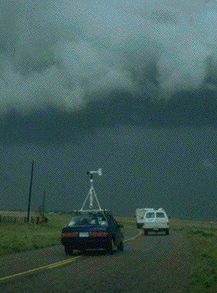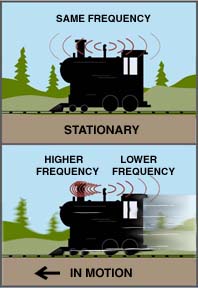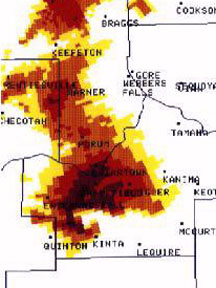Beaufort Scale for Wind Speed Estimation
The Beaufort Wind Scale is named after Sir Francis Beaufort, an admiral in the British Navy. He developed the scale in 1805 in order to estimate wind speed by noting how sails move in the wind. It turned out to be a great help and was later adapted for use on land.
Force 0
Strength: Calm Speed: Less than 1 mile per hour (mph), less than 2 kilometers per hour (kph)
Observations: Tree leaves don't move, smoke rises vertically, sea is calm
Force 1
Strength: Light Air Speed: 1-3 mph, 2-6 kph
Observations: Tree leaves don't move, smoke drifts slowly, sea is lightly rippled
Force 2
Strength: Slight Breeze Speed: 4-7 mph, 7-11 kph
Observations: Tree leaves rustle, flags wave slightly, small wavelets or scale waves
Force 3
Strength: Gentle Breeze Speed: 8-12 mph, 12-19 kph
Observations: Leaves and twigs in constant motion, small flags extended, long unbreaking waves
Force 4
Strength: Moderate Breeze Speed: 13-18 mph, 20-29 kph
Observations: Small branches move, flags flap, waves with some whitecaps
Force 5
Strength: Fresh Breeze Speed: 19-24 mph, 30-39 kph
Observations: Small trees sway, flags flap and ripple, moderate waves with many whitecapes
Force 6
Strength: Strong Breeze Speed: 25-31 mph, 40-50 kph
Observations: Large branches sway, flags beat and pop, larger waves with regular whitecaps
Force 7
Strength: Moderate Gale Speed: 32-38 mph, 51-61 kph
Observations: Whole trees sway, large waves ("heaping sea")
Force 8
Strength: Fresh Gale Speed: 39-46 mph, 62-74
Observations: Twigs break off trees, moderately high sea with blowing foam
Force 9
Strength: Strong Gale Speed: 47-54 mph, 75-87 kph
Observations: Branches break off trees, shingles blown from roofs, hight crested waves
Force 10
Strength: Whole Gale Speed: 55-63 mph, 88-101 kph
Observations: Some trees blown down, damage to buildings, high churning white sea
Force 11
Strength: Storm Speed: 64-74 mph, 101 kph-119 kph
Observations: Widespread damage to trees and buildings, mountainous waves
Force 12
Strength: Hurricane Speed: 75 mph or greater, 120 kph or greater
Observations: Severe and extensive damage













